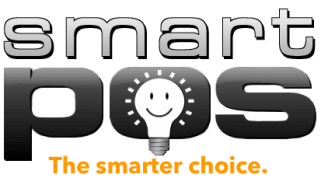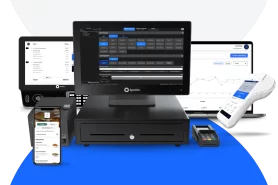Call Today For a Free Demo: 303-309-1218
Email: info@smarterpos.net
How Much Point of Sale Hardware Do I Need for My Business?
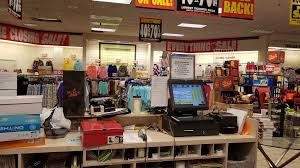 How much point of sale hardware do you need for my business? It’s hard to specify the number of hardware elements you need for POS system setup as the type and number of components varies from one merchant to another.
How much point of sale hardware do you need for my business? It’s hard to specify the number of hardware elements you need for POS system setup as the type and number of components varies from one merchant to another.
One business might go overboard with the set-up and include fancy and overpriced peripheral devices. On the other hand, a startup or a struggling business would carry all the POS operations on a mediocre phone, along with a credit card processor.
In a nutshell, the number of point of sale hardware depends on the type of business and its financial status.
However, there are a few basic hardware devices that will prove to be necessary at some point in the business. Therefore, it is better to look out and install these devices on day one of the POS system set-ups than hustle later.
List of Point-of-sale Hardware for a Business
1. Customer Display
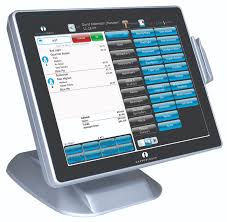 Customer displays are also known as pole displays. It is a screen facing towards the customer, showing items bought, price of each item, quantity, and the total amount of the complete purchase.
Customer displays are also known as pole displays. It is a screen facing towards the customer, showing items bought, price of each item, quantity, and the total amount of the complete purchase.
Customers Displays are commonly found at restaurants and huge grocery stores. The placement of the screen depends on the type of business.
For example, if the business has a self-service policy, then the screen would show when the order is ready and waiting at the counter. In such situations, pole displays are placed high above the counter, to be highly visible to a person standing at the farthest end.
Whereas, in a retail store with a simple cash counter, the customer display would be placed at the counter, directly facing the consumer.
2. Cash Register
A cash register is an electronic machine, consisting of a computer screen, cash drawer, keyboard, barcode scanner, and a cash drawer. Today, cash registers are known as “registers” due to the arrival of modern POS systems.
Previously, manual keyboards were used to make numerical entries. But, now touchscreens have replaced it. Similarly, business owners have upgraded and switched to ipads while removing the heavyweight computer screens.
3. Credit Card Terminal
Credit card terminal is a device that accepts payment made through cards. Such a device is crucial for every type of POS system, as it increases a business’s customer base and profit ratios.
4. Bill Or Receipt Printer
A bill or receipt printer is a device connected with the register. The device prints the total amount of the purchase, and prints out two bills, one titled as sales and the other dor cash. The cash bill belongs to the customer, where the sales bill is kept by business as a record.
5. Barcode Scanner
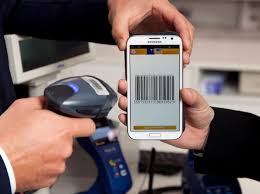 Barcode scanner is a digital device that scans the product’s code and inputs the price onto the register’s screen. A barcode scanner helps the business run efficiently, as the prices can be rendered from the system through each product’s code.
Barcode scanner is a digital device that scans the product’s code and inputs the price onto the register’s screen. A barcode scanner helps the business run efficiently, as the prices can be rendered from the system through each product’s code.
6. Cash Drawer
A cash drawer is connected with the cash register. The cash drawer has a manual lock or a secret code that only an employee at the counter knows. This way, the cash remains secure, and single-person access makes it easier for the company to detect the thief, in case of any theft in the future.
7. Database Server
A huge grocery store or business outlets have multiple billing counters. A database server is a centralized system, saving the entire transactions of the company. It is great way to back-up records of total sales. Also, the owner can monitor and keep a keen eye through all the terminals easily.
Bottom Line
Setting-up a POS system with basic hardware would be great, as something is better than nothing. After all, you can always add-up electronic devices once the business starts functioning. Moreover, if you’re looking for a firm that could get you the best hardware and set up the whole POS system too, then we at Smart POS can be your ultimate rescue.
We value our customers and stand by our quality of service.
SMART POS
Svend Bramsoe
303-309-1218
